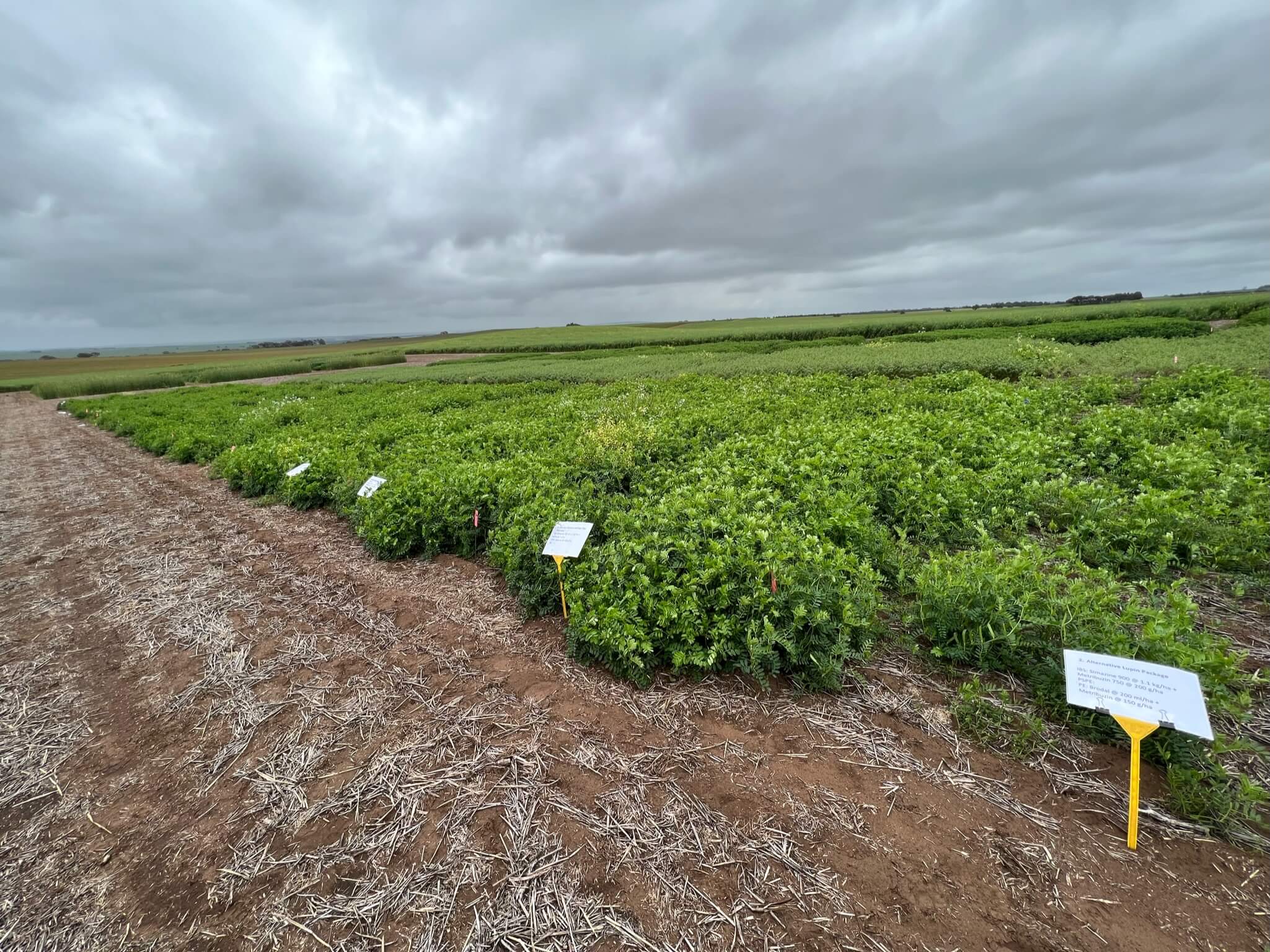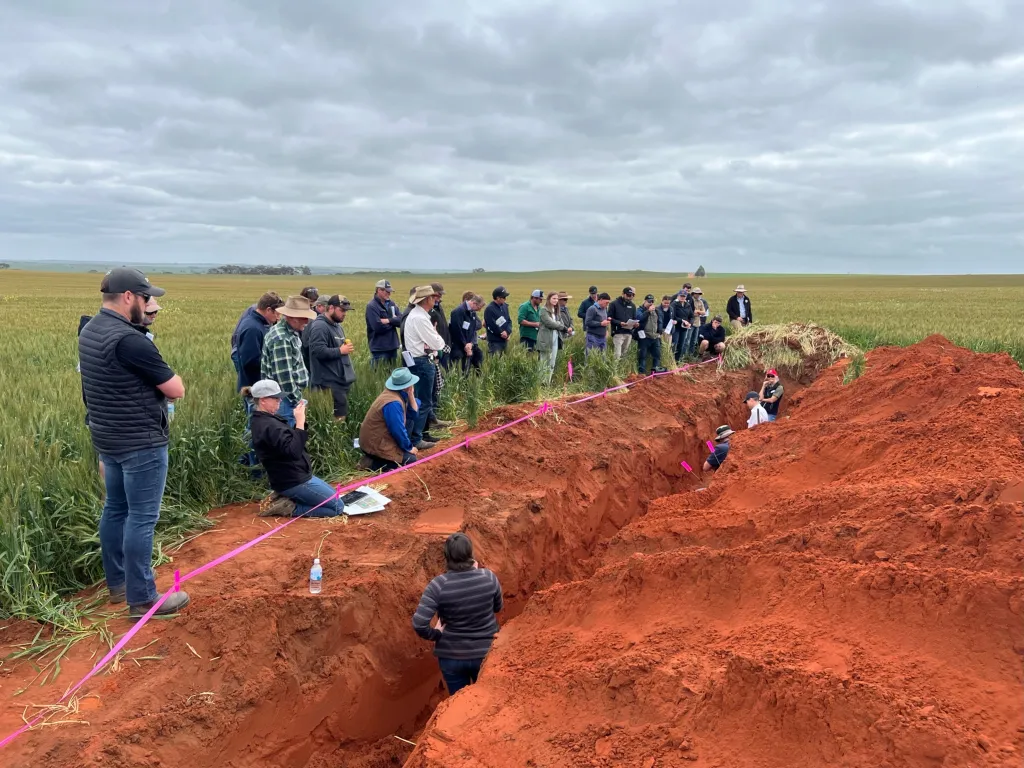Legumes in agricultural systems: A background
By Kate Parker, WMG Project Officer
What are legumes?
Legumes are a broad leaf plant and members of the bean family. Some of the main legumes seen in WAs agricultural systems include lentils, faba beans, mungbeans, field peas, chickpeas and lupins. Legumes are most know for their ability to ‘fix’ nitrogen from the atmosphere into root nodules, leading to more fertile soils and high protein plants.
Role in agriculture
In the right environment and production system, incorporating legumes can significantly boost productivity and provide drought resilience and environmental benefits. Legumes are seen as a multipurpose crop, they can be used as a profitable break crop, a source of high protein animal feed, a fertility booster (along with nitrogen fixation), an enhancement to resilience and a contributor to carbon capture and storage along with reducing emissions. The organic nitrogen fixation provided from legumes is an environmentally conscious way of delivering large amounts of nitrogen into an agricultural system leading to high-yielding crops and increased protein content.
Nitrogen fixation
Legumes are able to acquire Nitrogen from the atmosphere through a soil bacteria called Rhizobia. This bacteria reside in nodules on the root systems and turn the unusable Nitrogen gas (N2) from the atmosphere into ammonia (NH3) that can be used by plants and organisms.
- Crop legumes fixed roughly 167,000 tonnes of N with a predicted value of $270 million in 2012 (GRDC).
- The estimated annual cost for Australian farmers to replace the N fixed by legumes with fertiliser is $3.5 billion (GRDC).
- On average, (at the paddock scale) legumes fix about 70 kilograms of N per hectare annually. This can vary with a range from close to zero to almost 600kg N/ha (GRDC).
- When harvested, 30-40% of the N in legume crops will be taken off the property via the grain however the remaining parts of the plant break down into the soil and contribute to N reserves (up to 100kg N/ha) (Soil Quality).

Inoculation
The major factor in a legumes ability to fix atmospheric nitrogen is the availability of the rhizobia bacteria to the plant. In situations where this bacteria is in low amounts or not already present in the soil, inoculation of the legume seeds is vital. Inoculation involves coating the seed in a live bacteria (rhizobia) specific to each legume type pre-sowing. There are different types of inoculant relevant to different legumes and 5 different forms of inoculant commercially available (peat, freeze dried, granular, liquid and pre-inoculated seed). For cropping legumes, the most popular form is peat followed by granular, freeze-dried and liquid.
Fun fact:
It has been ~100yrs since scientists first began understanding the link between legumes and rhizobia and how that link encouraged growth and nitrogen fixation. In the early days of this discovery farmers were recommended to inoculate sown legume seeds with soils collected from a paddock in which that same type of legume was already grown with successful nodules. The soil was sieved and mixed with glue to then apply to the seeds, much the same principle as inoculants work today. Todays inoculants however are far more efficient and effective at delivering the largest amount possible of rhizobia bacteria to the roots of the seedlings.
Source: GRDC

Stats
According to ABARES, Australia produces between 2 and 4.7 million tonnes of pulses every year.

Exports
In 2022, Australia was the world’s:
- largest exporter of chickpeas ($515m).
- largest exporter of broad beans ($359m).
- second largest exporter of lentils ($1.1b), after Canada.
- fourth largest exporter of mung beans ($141m).
- fifth largest exporter of peas ($124m).
Production
In 2020–21, Australia was the:
- largest producer of lupins (866 000t).
- second largest producer of chickpeas (876 000t) after India.
- third largest producer of lentils (854 000t) after Canada and India.
- fourth largest producer of broad beans (510 000t).
- seventh largest producer of peas (339 000t).
Western Australia is the largest producer of lupins accounting for 84% of the countries production in 2022–23 (ABARES 2023).
Australia’s pulse production has increased in the past three years in accordance with high rainfall and decent conditions(ABARES 2023).
It has been predicted that chickpea planting area will increase by 20% over the coming years as growers look into more drought-resistant crops to combat an increasingly variable climate.

This is the first article in a series being produced by WMG as part of the GRDC and GGA funded Grain Legumes Project.
If you enjoyed this article and would like to see more ‘background’ and collated technical information articles, please let us know!














